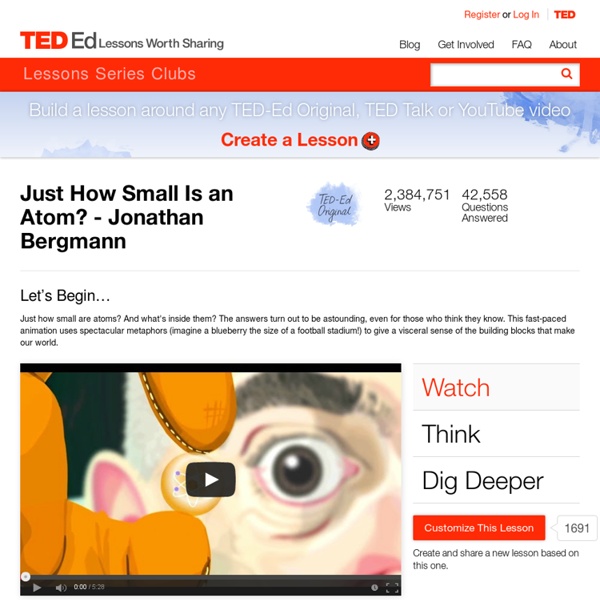Just How Small Is an Atom?
Whether we’re zooming in to the wavelength of a gamma ray or zooming out to the size of a galaxy, it can be difficult to wrap our heads around the big numbers we’re measuring—like nanometers (10-9meters) or gigameters (109). Take a look at these efforts to represent big numbers. What are the strengths of each? How would you represent a large number (like a gigameter)?
Peso Atomico Promedio (PA) | Quimica | Quimica Inorganica
Representa la masa o peso atómico relativo promedio del átomo de un elemento. Es un promedio ponderado de las masas atómicas relativas de los isótopos de un elemento. La ponderación de hace con las abundancias naturales de los isótopos. Fórmula general para evaluar el PA de un elemento “E” con “n” isótopos: Donde: m1 = masa atómica relativa del primer isótopo m2 = masa atómica relativa del segundo isótopo m3 = masa atómica relativa del tercer isótopo a1 = abundancia natural del primer isótopo a2 = abundancia natural del primer isótopo a3 = abundancia natural del primer isótopo Ejemplos: 1. Reemplazando en la fórmula: P.A. 2. Solución: Armamos nuestra tablita como sigue: Reemplazamos en la fórmula: P.A. Pesos Atómicos: Los pesos atómicos o masas atómicas relativas promedio se encuentran en toda tabla periodica, en todos los casos que se necesite los pesos atómicos solo bastará con ver la tabla periódica, no se necesita que se memorizar.
Understanding the Atom
Structure of the Atom 1: The Earliest Models
CIAAW: Commission on Isotopic Abundances and Atomic Weights
IDTIMWYTIM: Heisenberg Uncertainty Principle
One-Minute Physics: Is Schrödinger's cat dead or alive?
Related:
Related:



